All-on-6
All-on-Six Technique: A Permanent and Comprehensive Solution for Edentulous Patients
Tooth loss can lead to serious aesthetic and functional issues. While traditional dentures may cause discomfort over time, modern dentistry offers advanced solutions such as the All-on-Six technique — a reliable and lasting option for patients without teeth. So, what is the All-on-Six technique, how is it performed, and what are its advantages? Here’s everything you need to know about this innovative treatment method.
What Is the All-on-Six Technique?
The All-on-Six technique is a dental implant solution designed for patients with complete tooth loss. It involves placing six dental implants into the jawbone to support a full fixed prosthesis. Compared to traditional dentures or implant treatments requiring more extensive procedures, All-on-Six offers enhanced stability and support with fewer implants.
- Implant Planning and Placement:
- Six strategically positioned implants are inserted into the jawbone — typically four in the front and two in the back at an angle — to ensure maximum bone contact and support.
- This placement method evenly distributes biting forces and provides a stable foundation for the prosthesis.
- Improved Stability and Function:
- The angled posterior implants increase contact with the bone, enhancing the overall support and reducing the need for additional procedures such as bone grafting.
- Full-Arch Prosthetic Restoration:
- A fixed full-arch prosthesis is attached to the implants, restoring the patient’s ability to chew, speak, and smile with confidence.
- The prosthesis mimics natural teeth in both function and appearance.
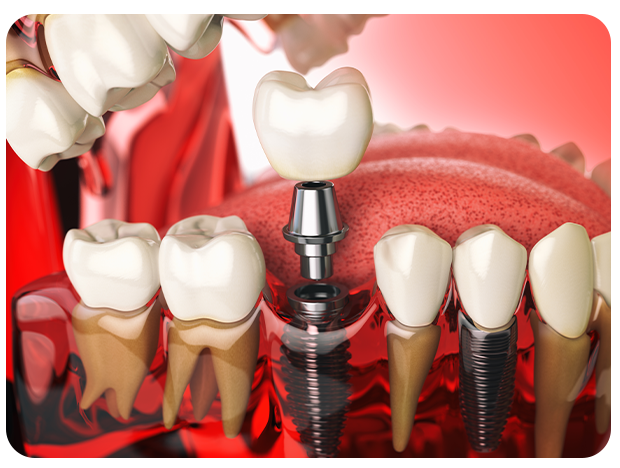
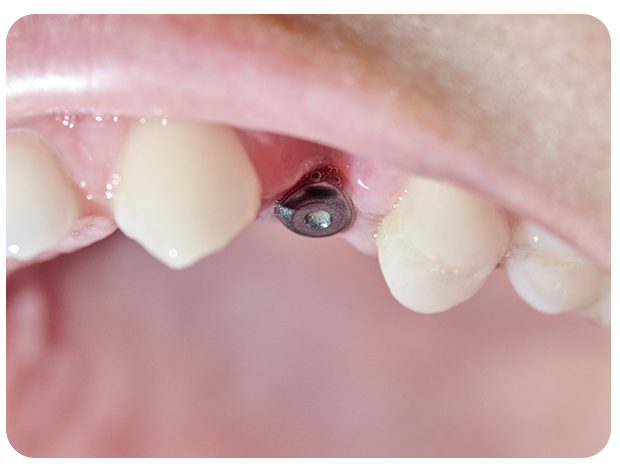
Who Is a Suitable Candidate for All-on-Six?
All-on-Six is ideal for individuals who have lost all of their teeth or need to have the remaining ones extracted. However, certain criteria must be met for successful treatment:
- Patient Profile:
- Completely edentulous patients or individuals requiring full tooth extraction.
- Patients with adequate bone volume for implant placement.
- Health Considerations:
- Individuals with controlled systemic conditions such as diabetes or hypertension.
- Patients who are willing to limit or stop smoking during the healing phase to promote successful osseointegration.
- Diagnostic Evaluation:
- A comprehensive oral examination is conducted, including panoramic X-rays and 3D imaging, to assess bone quality and determine implant suitability.
How Is the All-on-Six Procedure Performed?
The All-on-Six treatment is typically completed in multiple stages, though patients can often receive a temporary prosthesis on the same day. The process involves:
- Examination and Treatment Planning:
- The dentist performs a detailed assessment using panoramic X-rays and 3D scans to evaluate bone density and determine optimal implant placement.
- Implant Placement:
- Under local anesthesia or sedation, six titanium implants are surgically inserted into the jawbone.
- The implant positions are carefully planned to ensure strong support and long-term integration with the bone.
- Temporary Prosthesis:
- In many cases, a same-day temporary fixed prosthesis is attached, restoring immediate functionality and aesthetics.
- Final Prosthesis:
- After a healing period of approximately 3 to 4 months — during which osseointegration occurs — a custom-made permanent prosthesis is securely fitted.
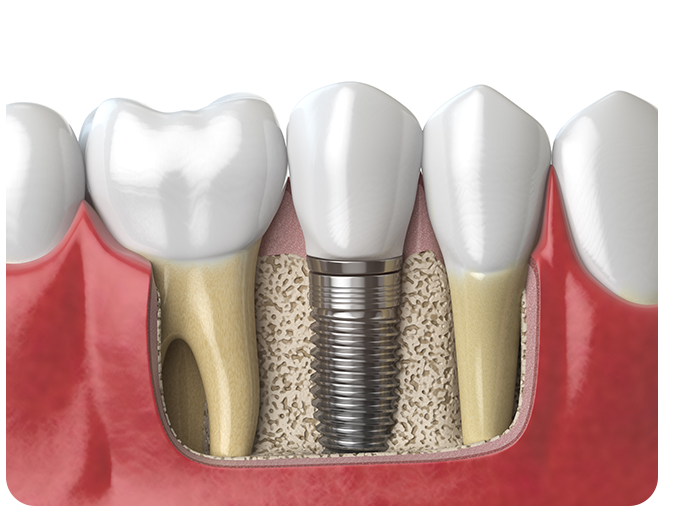
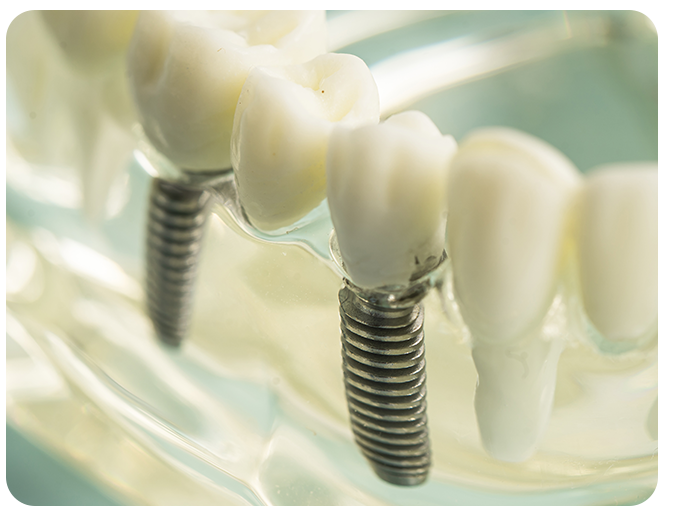
Advantages of the All-on-Six Technique
The All-on-Six technique provides numerous benefits for both patients and dental professionals:
- Enhanced Stability:
- Six implants provide increased support for the prosthesis, reducing the risk of movement or discomfort.
- Improved Chewing Function:
- Allows patients to enjoy a broader range of foods with confidence and comfort.
- Natural Look and Feel:
- The fixed prosthesis offers an appearance and sensation close to natural teeth, enhancing self-esteem and aesthetics.
- Bone Preservation:
- Implants help prevent further bone loss by stimulating the jawbone, maintaining facial structure.
- Long-Lasting Results:
- With proper care and hygiene, All-on-Six implants can last for many years or even a lifetime.
- Fewer Surgical Procedures:
- Often eliminates the need for complex procedures such as bone grafts or sinus lifts.
Post-Treatment Care and Considerations
To ensure the success of the All-on-Six treatment, patients should follow post-operative care instructions carefully:
- Dietary Guidelines:
- Stick to soft foods for the first few days after surgery to avoid pressure on the implants.
- Oral Hygiene:
- Maintain excellent oral hygiene by following your dentist’s cleaning recommendations and using any prescribed rinses or tools.
- Smoking Considerations:
- Avoid or significantly reduce smoking to promote proper healing and implant integration.
- Regular Dental Visits:
- Attend routine check-ups for professional monitoring, cleaning, and to ensure the long-term health of the implants and prosthesis.
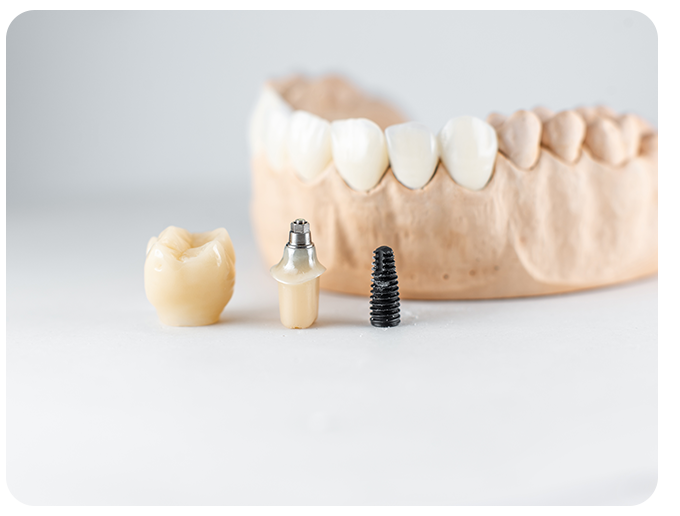

Smile with Confidence Thanks to All-on-Six
The All-on-Six technique is a game-changer for individuals suffering from full tooth loss. By offering strength, aesthetics, and comfort, it helps patients regain their ability to smile, speak, and eat confidently. If you're looking for a permanent solution to tooth loss, consult your dentist to see if the All-on-Six technique is the right choice for you.
Sıkça Sorulan Sorular
Good for Teeth:
• Dairy products (yogurt, cheese) rich in calcium
• Crunchy vegetables and fruits that stimulate saliva
• Water and green tea, which help cleanse the mouth
Avoid or Limit:
• Sugary snacks and drinks
• Sticky candies
• Acidic foods and drinks like citrus fruits and soda
Balanced nutrition supports not only oral health but also overall well-being.
Why Are Color, Shape, and Symmetry Harmony Important in Dental Aesthetics? In smile design, achieving harmony in color, shape, and symmetry is key to creating a natural, balanced appearance. Discrepancies can make even healthy teeth look unattractive. Factors considered: • Matching the veneers or crowns to the natural tooth color and shape • Ensuring proportionate tooth sizes relative to facial features • Aligning teeth for overall symmetry This careful planning ensures the smile enhances the patient’s overall facial aesthetics.
A healthy smile starts with a disciplined oral care routine. This routine should include:
• Brushing twice daily with a soft-bristled toothbrush and fluoride toothpaste
• Flossing once a day to remove plaque and food debris between teeth• Rinsing with an antibacterial mouthwash for added freshness and protection against
plaque
• Replacing your toothbrush every 3 months or sooner if the bristles are worn
Additionally, limiting sugary snacks and acidic drinks, staying hydrated, and attending
regular dental check-ups contribute to long-term oral health.
Laminate veneers may not be suitable for individuals with: • Severe tooth misalignment or bite issues • Insufficient enamel • Habitual teeth grinding (unless managed with a night guard) • Active gum disease A thorough dental examination is necessary to determine veneer suitability.
Bruxism involves involuntary grinding or clenching of teeth, often during sleep. Possible causes: • Stress and anxiety • Misaligned teeth • Sleep disorders Treatment: • Night guards to protect teeth • Stress management strategies • Orthodontic treatments if misalignment is a factor
